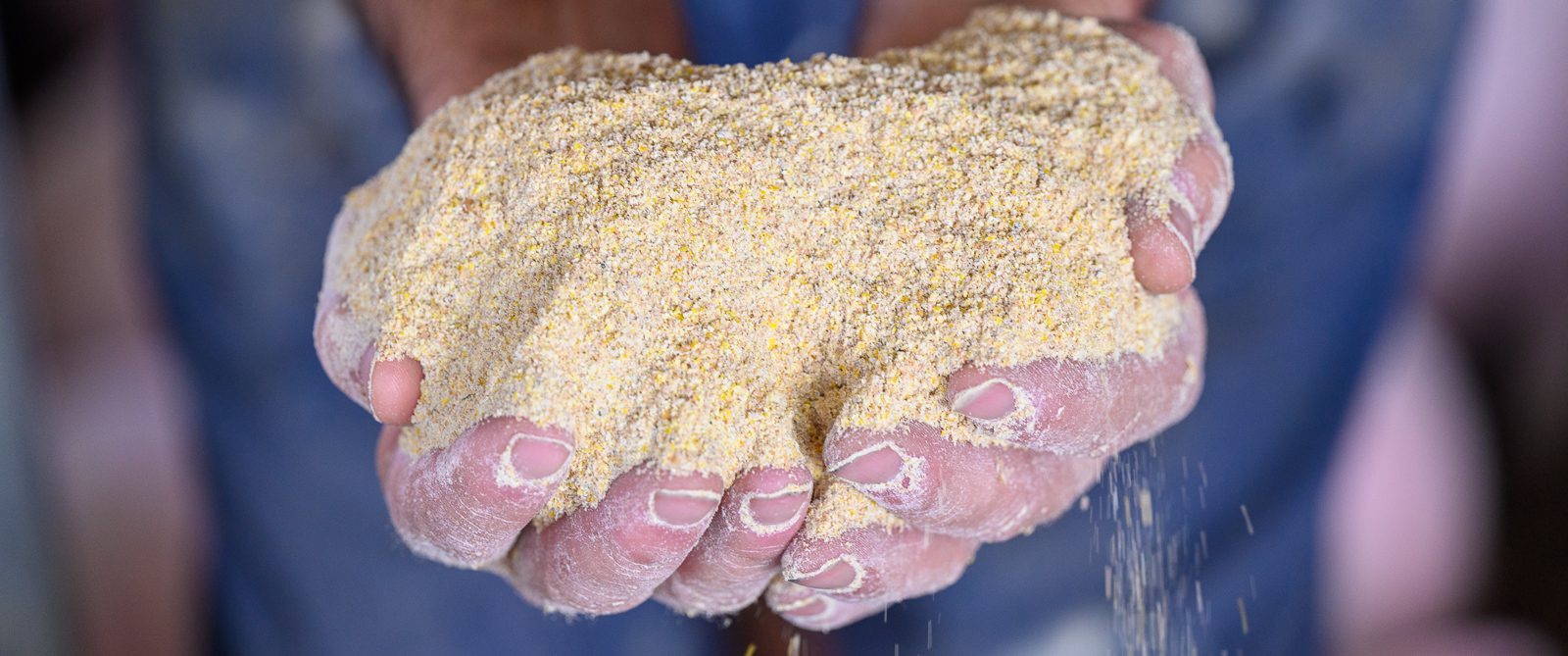When feeding their animals, hog, poultry and aquaculture producers need a feed ingredient that includes energy and nutrition to fuel efficient growth in livestock and fish. This is especially critical as, due to increased global demand, there is more pressure to provide sustainable protein from both plant and animal sources.
U.S. Soy delivers high nutrient density, a superior amino acid profile and necessary vitamins and minerals to animal agriculture throughout the world. It’s evident that the animal agriculture sector realizes this as, globally, animal agriculture consumes 97 percent of all U.S. soybean meal.
U.S. soybean farmers are committed to meeting this demand by delivering nutritious animal feed to customers at home and abroad and also providing high quality plant-based protein. Luckily, with U.S. Soy, both can be done.
Growing Global Demand for Protein
In 2022, the global population reached 8 billion people. According to United Nations’ projections, the world population will be at 8.5 billion by 2030 and 9.7 billion by 2050. Based on this, the world is poised to see major growth in protein demand, a trajectory occurring over the last decade and predicted to continue through 2030. This growing demand for protein is due to an exponential increase in population and rising incomes and standard of living around the globe. With more mouths to feed and more people able to afford to add meat to their diets, the world is going to need every source of protein available to meet the population’s needs.
This puts pressure on the animal agriculture sector to produce more. Globally, the meat production sector has done this before, having grown from about 70 million metric tons in 1961 to more than 335 million metric tons in 2018, according to the UN Food and Agriculture Organization (FAO). In addition to the global population consuming more protein, people want to know more about how their food is produced. As a result, meat and seafood producers are being asked to produce more as sustainably as possible.
Enter U.S. Soy. Not only do soybeans have the protein, nutrient and energy components that growing animals need, but U.S. soybean farmers are also working to continuously improve their on-farm practices to deliver sustainable animal feed. U.S. soybean farmers are increasingly sharing this information with their customers and consumers who want to know more about how their food is grown.
Feeding Animals U.S. Soy
Soybeans are crushed for the oil and meal, with oil making up about 19% of the bean and 70% being meal including protein and nutrients. The majority of U.S. soybean meal goes to feeding animals at home and abroad. For poultry, livestock and seafood, U.S. soybeans have protein, essential amino acids and energy content that growing animals need.
Soybean meal provides energy and can be an important part of feeding for efficient weight gain in swine. Making U.S. Soy a key ingredient in hog diets. Soy isoflavones, which have been shown to have benefits for humans such as the ability to reduce the risk of coronary heart disease, osteoporosis and certain forms of cancer, have positive impacts on pigs as well.
U.S. Soy’s protein and nutrition advantages translate to better animal performance and profitability. This is especially critical in poultry production, which is likely to see increased growth as more economies increase their intake of animal protein. The U.S. Soy industry has seen increases in U.S. soybean meal consumption in countries like Egypt and Pakistan as these countries expand their poultry production.
As the fastest growing segment of the feed industry, with production expected to grow to 109 million metric tons by 2030, an increase of 32% compared with 2018 according to the FAO, the aquaculture industry is benefitting from including U.S. Soy in feed rations too. Fish and seafood benefit from the same attributes of U.S. Soy as pork and poultry: amino acid content, energy availability and protein.
Sustainably Meeting Protein Demand
U.S. Soy is in a unique position to be able to provide feed to animals and fish being raised for animal protein for humans and a high quality plant protein. Because U.S. soybean farmers understand this challenge and the added need to preserve the planet for future generations, they are focused on using sustainable practices. Specifically, U.S. Soy is focused on reducing land use impact, reducing soil erosion, increasing energy use efficiency and reducing total greenhouse gas emissions.
With the increasing demand for protein, the world is going to need all options including animal protein and plant protein from soybeans and other sources. U.S. Soy is providing solutions to meet these and future challenges sustainably.
